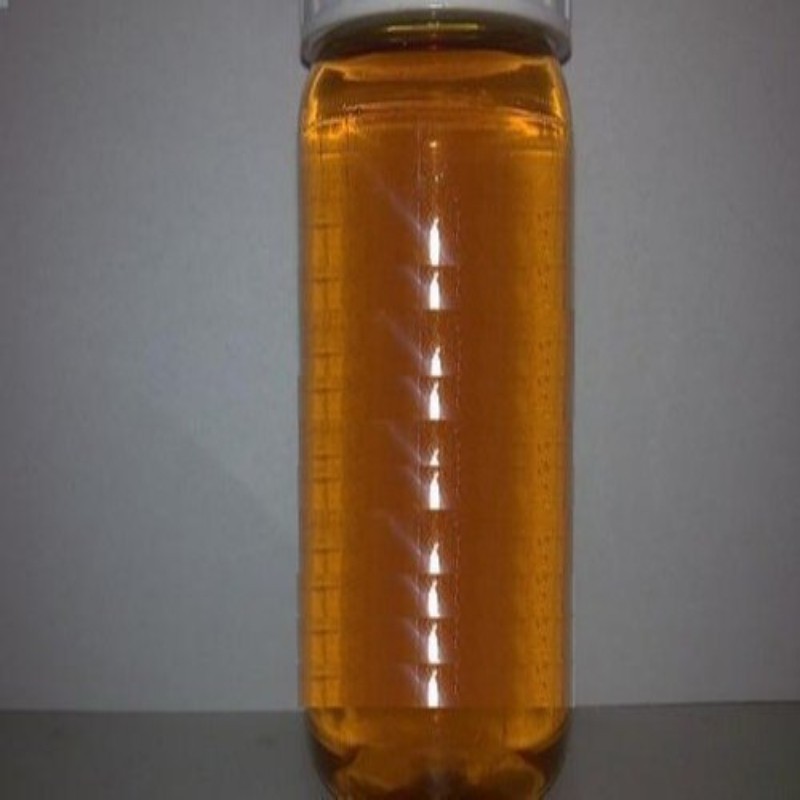
Price :
৳300
Estimated Shipping Time: 3 Days
Product SKU: Pru4562YK0
| Usage/Application | Industrial |
| Grade Standard | Technical Grade |
| Packaging Size | 50 |
| Brand | Green Tech |
| Physical State | Liquid |
| Packaging Type | carboes |
| PH Value | 6.0 to 8.0 |
| Purity | 100% |
| Country of Origin | Made in India |
| Minimum Order Quantity | 50 Kg |
| Delivery Time | Within two days |
| Production Capacity | As per customer requirement |
Since leveling agents are surfactants, they may be anionic, cationic, non-ionic or amphoteric in nature. The main mechanism of non-ionic agents is to form water soluble complexes with the dye. Two main groups of ionic agents can be identified. They are either dye-substantive (products which have an affinity for the dye) or fiber-substantive (products which have an affinity for the fiber). In case of dye-substantive leveling agent, there is competition between the leveling agent and the fiber for the dye. Products which have an affinity for the fibre compete with the dye for dye-sites on the fiber. The attractive forces between agent and dye, create a counter balancing mechanism against dye-fiber attractive forces, restraining the uptake of dye by the fibre. As the temperature increases, the complex gradually breaks down releasing the dye for uniform sorption by the fiber.
Truly speaking, for an effective leveling agent that functions by this mechanism, the stability of dye-agent complex is crucial. If these forces create relatively unstable complex, then leveling action may be ineffective. On the other hand if these forces create too stable complex, then it will not be broken down with the rise in temperature and will not release the dye for uniform sorption by the fiber. Thus the object is to make a leveling agent such that it forms an optimum complex, rather than maximum complex. This is done by adjusting HLB (Hydrophilic-Lipophilic Balance) of the surfactant.
No Review Found.
Login To Comment